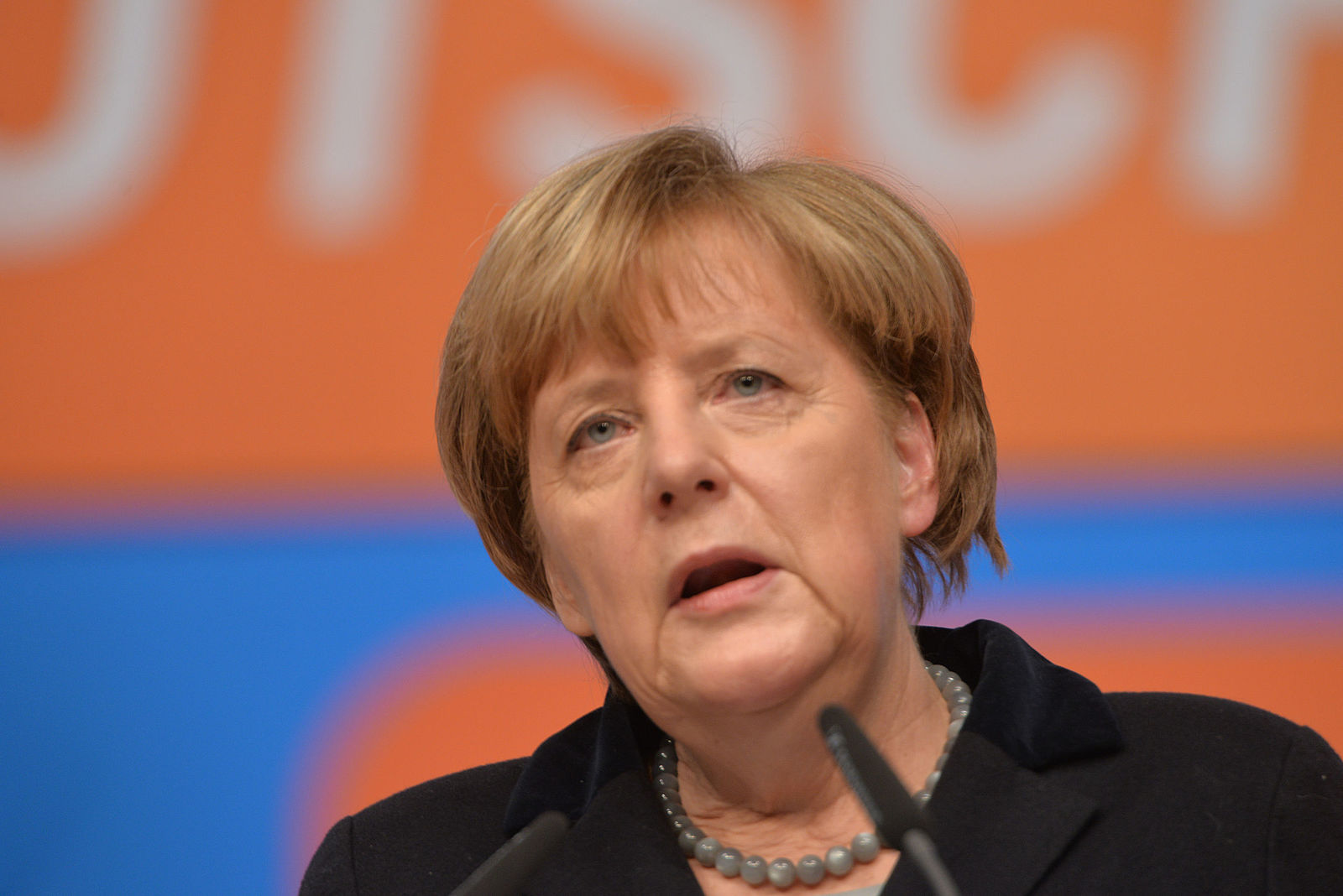On June 5, 1947, United States Secretary of State George Marshall delivered the commencement address to the graduating class of Harvard University. From the steps of Memorial Church, Marshall laid out a vision where America would “assist in the return of normal economic health to the world, without which there can be no political stability and no assured peace.”
One nation directly affected by Marshall’s massive economic aid program is now examining a similar program for many nations across the African continent. Germany, one of the world’s wealthiest and most industrialized nations, is considering a plan to address the massive influx of migrants coming into the country in search of economic opportunity. However, in contrast to America’s 1947 plan to facilitate economic development in war-ravaged Europe, Germany’s plan looks to manage the foreign sources of its current migration trends. While German leaders may regard the plan as necessary, serious questions have been raised about its feasibility and the implications it presents for the stability of Germany in the coming decades.
Migration in Europe: Where does Germany Stand?
Recent political sentiments aside, migration from Africa into Western Europe is no new phenomenon. With the trend showing little sign of abating in the near future, Chancellor Angela Merkel has openly wondered about how migration will impact Germany’s future, and has sought means to curtail it. It was no surprise when her government called for African economic development as one way to potentially alleviate migration.
Right now, the proposal itself is only a thirty-three page blueprint called “Africa and Europe–A New Partnership for Development, Peace, and a Better Future.” However, Germany’s ambitious plan envisions an increased economic relationship with the continent, including aid to fight corruption, increase youth services, and provide greater access to German public and private investment. The government appears ready to invest substantially in the project—German Development Minister Gerd Müller has declared that much of his ministry’s proposed 2017 budget increase of one billion euros will be intended for Africa-related projects.
The idea has elicited much discussion in recent months, partially because it follows a number of similar efforts in the European community. Most recently, the 2015 Valletta Summit of the European Union led to the creation of a trust fund totaling 1.8 billion euros, for the purpose of “addressing root causes of irregular migration and displaced persons in Africa.” In other words, such funds could help African nations create new industries and discourage migration by increasing economic opportunity in the homeland.
Working Out the Details
Nevertheless, this new “Marshall Plan” has been met with some skepticism by leaders throughout Africa. During a meeting with board members of the African Development Bank, Müller faced pointed criticism about the exact schematics of the plan. Some bankers questioned the lack of detail in the report, while others addressed the trade barriers still afflicting many African businesses. While meeting with Müller, one Nigerian banker remarked, “Statistically speaking, a cow in Europe receives more in subsidies than a farmer in Africa.” This feedback indicates the need for greater detail about how the plan will address the future of trade between Germany and the many nations of Africa.
Beyond the technical challenges facing the plan, implementation will require Germany to address a number of geopolitical considerations concerning their relationship with Africa. If Müller plans on tantalizing African nations with his plan, it may be important to remember that Germany is not the only nation looking to increase investment in Africa. China’s economic relationship with the continent has grown greatly in the last decade, with estimated investments rising from $7 billion (U.S. Dollars) in 2008 to $26 billion in 2013. Beyond migration, Germany’s plan will need to reflect on the question of trade with Africa as the continent emerges as an economic powerhouse.
An Awkward Reality: Population Pressures in Europe
If this new “Marshall Plan” does succeed and immigration is curtailed, where would it leave Germany? With demographic decay projected to affect Germany and Europe in the next century, is a policy discouraging an influx of migrants from Africa the wisest course of action? According to a 2015 UN report on World Population Prospects, Europe’s population is projected to decline from 738 million people in 2015 to approximately 646 million people by the year 2100. The same report estimated that Africa’s population would grow from an estimated 1.186 billion people in 2015 to approximately 4.889 billion in 2100. With the prospect of a declining population due to a falling birthrate, Germany may need immigrants well into the future if it wishes to enjoy the same level of economic prosperity it witnesses today. According to groups like the OECD, migrants could potentially stand to make up for the demographic shortfalls projected in the very-near future.
The Marshall Plan was declared on the steps of Memorial Church in 1947 with the hope of ensuring global stability through economic growth. Today, Germany’s plan endeavors to decrease immigration domestically by accomplishing the same throughout the nations of Africa. Decisions related to this policy cannot be made with only an eye towards the present; an impending demographic and future relations with a rising African continent make the stakes of this ‘Marshall Plan’ serious. Within the details of this policy, the future of this Global Power may very well be written.
Image Credit: Olaf Kosinsky/Skillshare.eu
